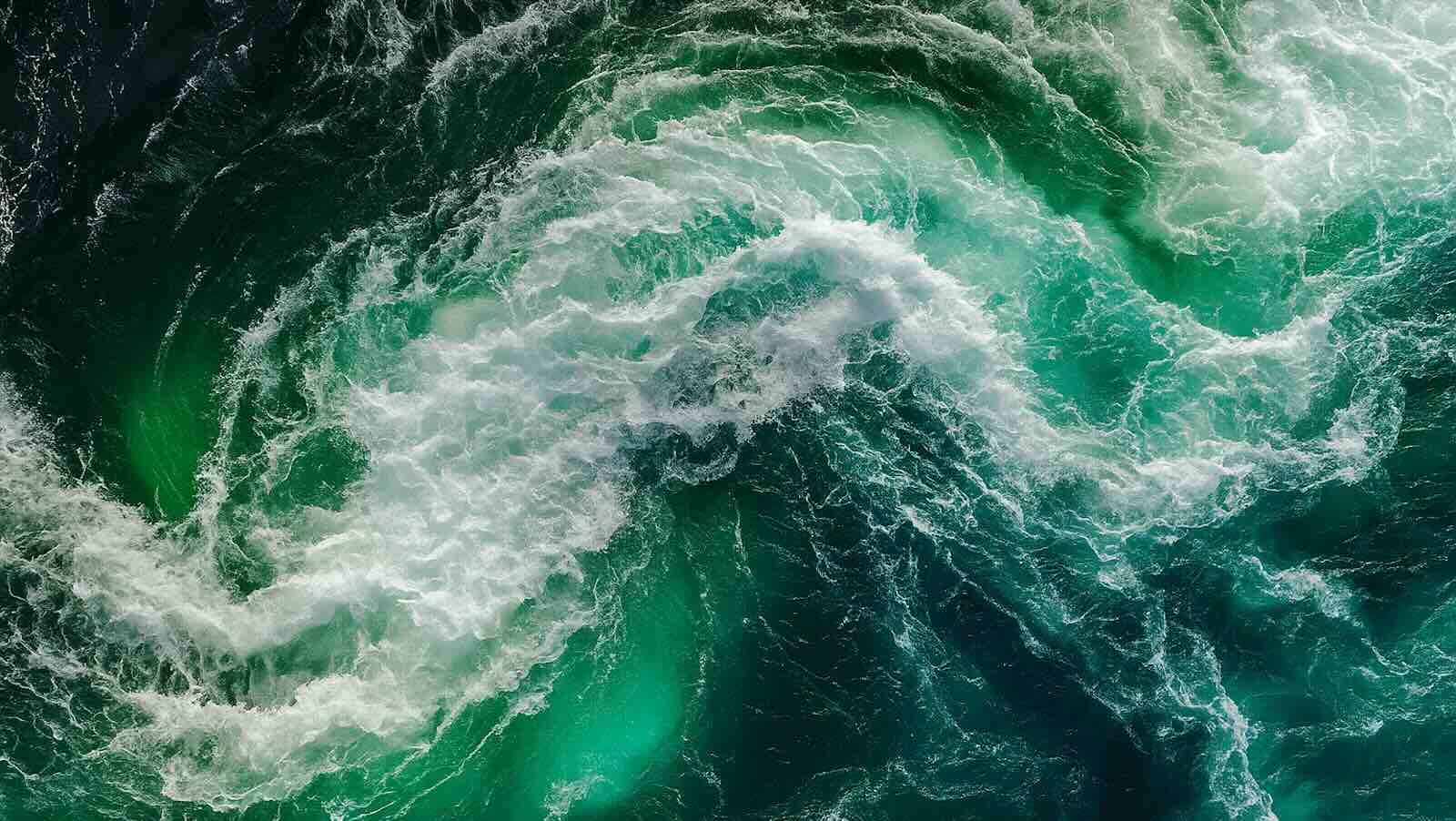For over a hundred years, modern oceanography has leaned heavily on the principles defined by Vagn Walfrid Ekman. His 1905 theory outlines how wind and Earth’s rotation direct the movement of ocean surface currents. However, recent findings in the Bay of Bengal have raised serious questions about this long-accepted model. Scientists from NOAA, India’s National Center for Ocean Information Services, and the University of Zagreb have observed surface currents moving counter to Ekman’s predictions—a discovery that could redefine our understanding of ocean behavior.
Ekman Theory: The Cornerstone of Oceanography
Ekman’s model asserts that, due to the Coriolis effect, surface water in the Northern Hemisphere should move to the right of wind direction, and to the left in the Southern Hemisphere. This principle underpins the concept of the “Ekman spiral,” where water direction shifts progressively with depth before dissipating. It has influenced not just marine science but also weather forecasting and climate modeling for generations.
Goodbye to energy dependence – Alaska discovers more than 1,200 TWh hidden under the ice, and the find could change the world
Goodbye Pepsi: Costco makes a major decision that completely changes its strategy with sugary drinks
A Contradictory Discovery in the Bay of Bengal
New data collected over ten years by a buoy anchored at 13.5° North in the Bay of Bengal has turned conventional wisdom on its head. The current flow consistently veered left of the wind—the exact opposite of what Ekman’s theory forecasts for the Northern Hemisphere.
Unique Ocean Conditions at Play
Researchers attribute this reversal to the Bay of Bengal’s strong stratification. A firm thermocline separates the warm surface water from colder depths, which limits vertical mixing. This structure makes the surface layer highly susceptible to wind influence, particularly during the southwest monsoon between July and August, when steady daytime breezes blow inland for hundreds of kilometers.
The Role of Superinertial Flows
Further analysis identified these leftward currents as “superinertial flows”—water oscillations with a frequency higher than the local inertial period. These are driven by daily rotating winds, which can override the Coriolis effect and produce motion contrary to Ekman’s predictions.
Global Implications for Climate Science
This finding could carry major weight for global climate science. The Bay of Bengal is integral to the monsoon systems that affect nearly one-third of the global population. According to NOAA senior scientist Michael McPhaden, improved understanding of wind-current interaction could refine oceanic heat, carbon, and nutrient transport models—key elements in climate regulation.
Practical Applications in Marine Operations
This revelation could also enhance marine safety and disaster management. From tracking oil spills to refining search and rescue operations, better current modeling means better preparedness. It could also revolutionize how we understand marine ecosystems and biogeochemical cycles.
How detonating a nuclear bomb could protect planet Earth
Buys a coal mine for $2 million and discovers metals worth up to $36 billion
Looking Ahead: NASA’s Satellite Mission
The scientific community now awaits results from NASA’s upcoming Ocean Dynamics and Surface Exchange with the Atmosphere satellite program. These satellites aim to simultaneously measure wind and current patterns at high resolution across different oceans. If similar anomalies are found elsewhere, Ekman’s century-old theory might soon require significant revision.
